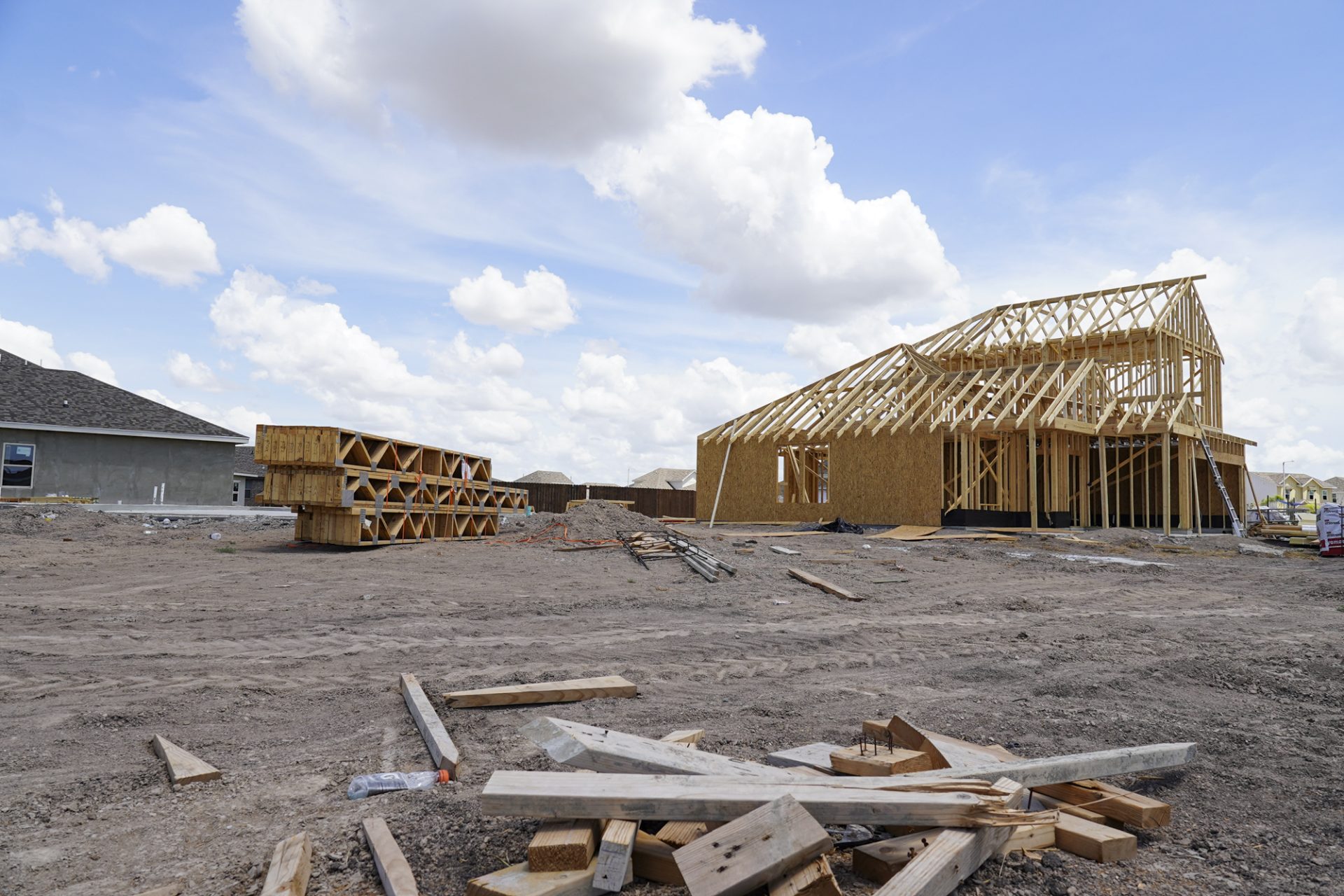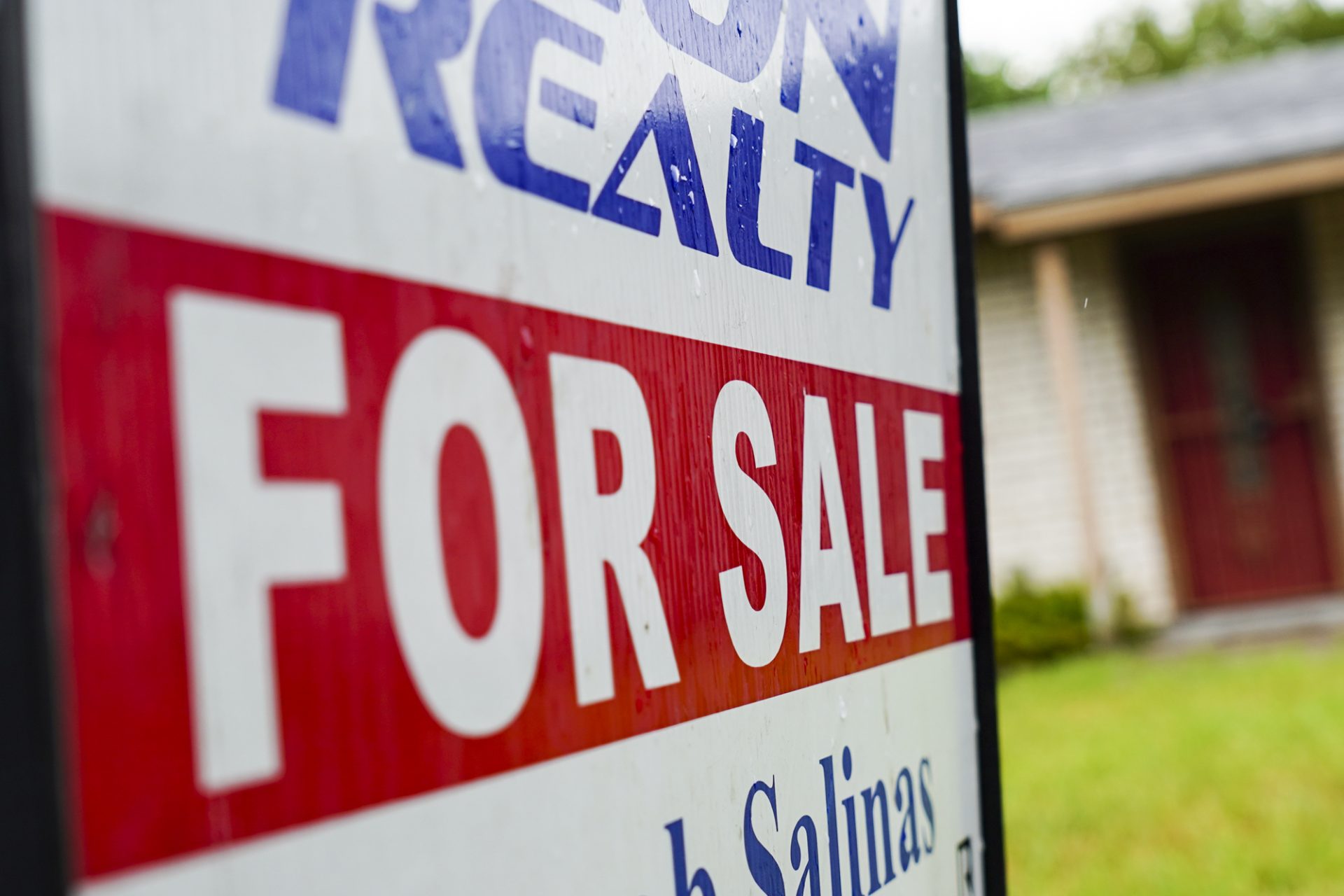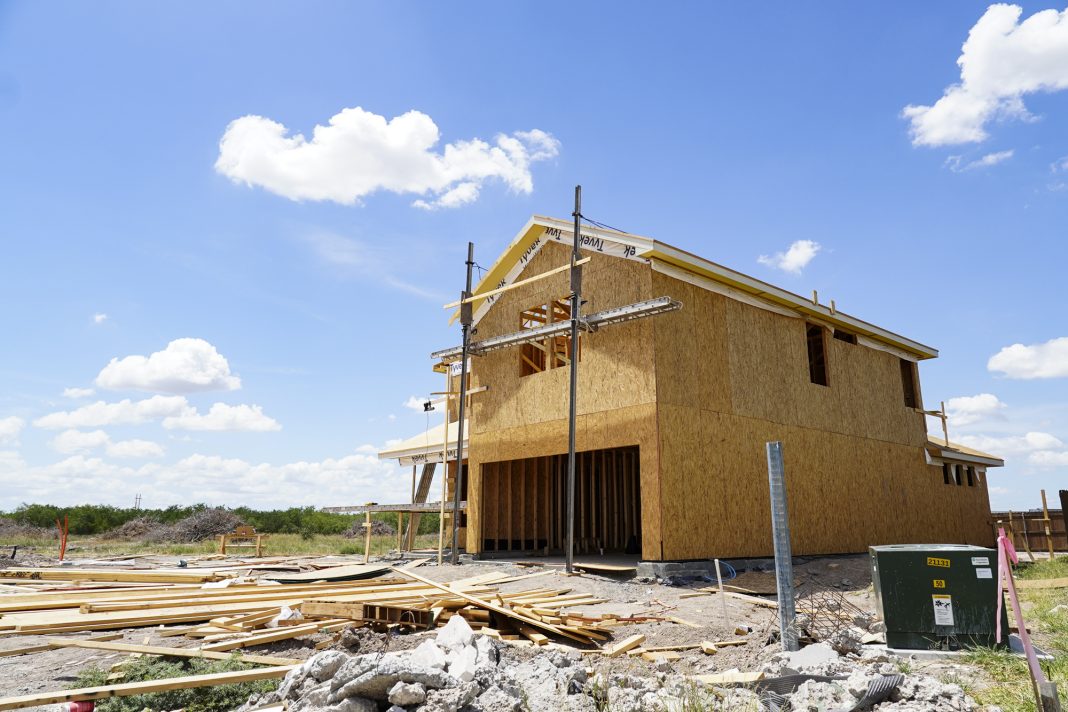The Rio Grande Valley was already struggling with housing affordability, and now higher mortgage interest rates are making it worse.
That’s according to a new study from the Texas Real Estate Research Center of Texas A&M University, which shows the Brownsville-Harlingen and McAllen-Edinburg-Mission Metropolitan Statistical Areas (MSAs) far down the list and below the state average in terms of housing affordability. An MSA refers to a dense population core with adjacent communities tied into that core socially and economically.
The TRERC study features the Texas Housing Affordability Index (THAI), which gives Brownsville-Harlingen a 1.21 rating for the second quarter of 2022, down from 1.27 in the first quarter of the year and 1.64 in 2020. McAllen-Edinburg-Mission fares worse, with a 1.17 rating for the second quarter compared to 1.46 for the first quarter and 1.57 in 2020.
The THAI measures the relationship between median family income and how much income it takes to buy a median-priced home. A score of 1.00 means median family income is exactly sufficient to purchase that home. Anything above 1.00 indicates median family income is more than sufficient to buy a median-priced home. Anything below 1.00 indicates the opposite.
Of the study’s MSAs, Austin-Round Rock, Collin County, Kerr County and Travis County fell below 1.00 from the first to the second quarter of 2022, scoring 0.96, 0.84, 0.95 and 0.83, respectively. The MSA with the highest THAI score in the state is Wichita Falls, which scored 2.1 for the second quarter, still down from 2.64 in the first quarter of 2022 and 2.7 for 2020.
TRERC Assistant Research Economist Clare Losey Ph.D., who authored the study, said that while housing remains affordable in Texas as a whole, certain areas throughout the state are having a harder time, largely because of the significant uptick in mortgage interest rates, which makes it more expensive to borrow money to buy a home. One of those areas is the Rio Grande Valley, where historically low median family income was already a deterrent to homebuying, she said.
Losey said interest rates rose about 3 percentage points from the first to the second quarter of this year, “from the low to mid-threes to the high fives on average,” though rates have dropped a bit since the end of June.
“The U.S. average for the 30-year, fixed-rate mortgage was 5.81 by the end of June,” she said. “It has since declined to about 4.5 percent.”

But the general trend is still toward higher rates, Losey said. Inflation and the Federal Reserve’s attempts to deal with it — by raising interest rates — are behind the escalating mortgage interest rate. The situation makes buying or refinancing a home much less attractive compared to when mortgage rates were at historic lows, near zero as a result of the Fed lowering interest rates in order to try and resuscitate the pandemic-stricken U.S. economy.
Losey said she doubts we’ll ever see mortgage rates so low again, though they’re still fresh in the minds of would-be homebuyers.
Exacerbating the mortgage rate situation in the Valley is the persistent shortage of affordable housing that has worsened substantially since the start of the pandemic, sending home prices soaring.
According to TRERC, in June 2020 the median price of a home in Brownsville-Harlingen was $168,500, with 1,004 total listings. In June 2022 the median home prices was $250,000, with 574 total listings. For McAllen-Edinburg-Mission the median home price in June 2020 was $225,000, with 416 total listings, compared to a $239,515 median home price and 515 total listings in June 2022.
“In an area like … the Rio Grande Valley you’ve also seen fairly high home price appreciation, then rising mortgage interest rates are going to diminish affordability even more,” Losey said.
What happens next with the housing market is anybody’s guess, she said.
“That’s primarily precipitated by the level of uncertainty in the overall economy,” Losey said. “Inflation is still running pretty hot, even though the Federal Reserve is trying to get a handle on it by increasing the federal funds rate. Really the question in the housing market is how much more will the mortgage interest rate increase, how much of that increase are potential homebuyers willing to sustain, and then how much will home prices moderate in the wake of a potential recession?”
Nick Mitchell-Bennett, executive director of the Brownsville-based nonprofit Come Dream Come Build, which helps low- to moderate-income families become homeowners, said that prior to 2020 housing prices in Brownsville were rising about 3 percent a year, with roughly a 35 percent increase between 2009 and 2020. Then came the pandemic.
“Then when COVID hit and everything surrounding it, that really shot prices up,” he said. “Depending on the individual RGV market, anywhere between 40 to 60 percent in just 12 months.”
Add to that the presence of SpaceX and the company’s founder and CEO Elon Musk luring hundreds if not thousands of new employees from elsewhere around the country to the Lower Valley, which has served merely to tighten an already tight housing market, Mitchell-Bennett said.
“I want to call it the heavy investment effect,” he said. “In our case it would be SpaceX. Nobody planned to do it. It’s not their fault. I’ve been accused of being anti-SpaceX. If the richest man in the world moves to the poorest city in the United States, there’s going to be some really, really positive things, and there’s going to be some fallout, and one of them is housing prices.”
That fact combined with rising mortgage rates have made it harder to buy a home in the Valley, while the rental market is also squeezed due to a shortage of rental units, Mitchell-Bennett said.

According to the 2022 report “Housing Underproduction in the U.S.” from Up for Growth, an organization that advocates nationwide for housing equity and creating more homes, the states with the biggest shortage of houses are California, Florida and Texas, three of country’s most populous Latino states and home to 32.7 million Latinos, more than half the nation’s Latino population.
Latinos are disproportionately affected by housing underproduction, according to the report, which shows that the Brownsville-Harlingen MSA, with a 90 percent Latino population, has the seventh worst housing underproduction problem in the United States. That’s across affordable housing, market rate and rentals, Mitchell-Bennett said. Meanwhile, it’s become more expensive for developers to build houses, in part due to continuing supply chain issues, which creates uncertainty whether enough people will be able to afford them, he said.
“Developers are real nervous because they feel the market is there, they’re just not sure a low-income market like us can actually can start handling (home) prices that look more like San Antonio/Austin prices,” Mitchell-Bennett said. “So they get nervous, so they build less, and it’s a vicious cycle.”
Similar issues affect the Upper Valley, exacerbated by a shortage of land and rising prices for what land is available, he said.
“Their price of land is going up faster than our is,” Mitchell-Bennett said. “They’ve got more people, so that makes it harder.”
The only way to solve the housing shortage is to build more housing, regardless of what the market is doing, he said. CDCB, which is working with Esperanza Homes to build 150 affordable and market-rate homes in Brownsville, can’t solve the problem alone, nor can can housing authorities or any one nonprofit or for-profit entity, he said. It requires a partnership, and government definitely has a role to play, Mitchell-Bennett said.
He recently traveled to Tacoma, Wash., to find out how Hilltop, a struggling, historically Black neighborhood there, had been rescued through a combination of new housing construction and rehabilitation of existing units.
“It was really impressive, because six housing developers, both nonprofit and for-profit, got together and said here’s what we need to save this neighborhood, keep it from gentrifying but … create more units,” Mitchell-Bennett said. “The six of them built a plan together along with the city. It wasn’t about who could maximize profit. It was all about we will all do well if we all do well. And they worked together to do it and it’s really cool. They’re working together. I think we could do that in the Valley.”




